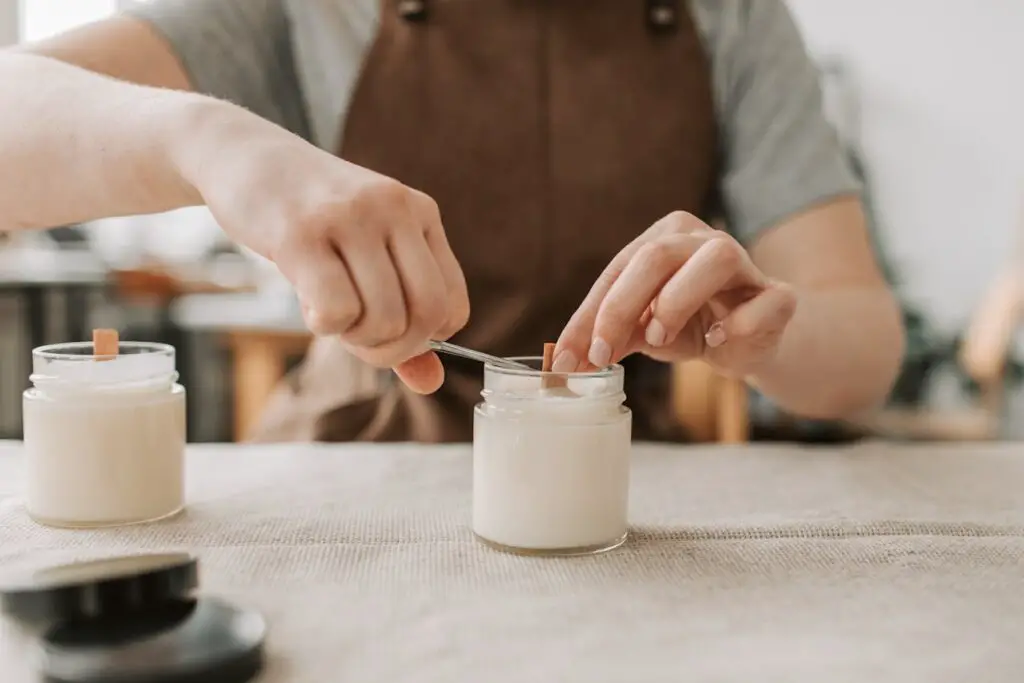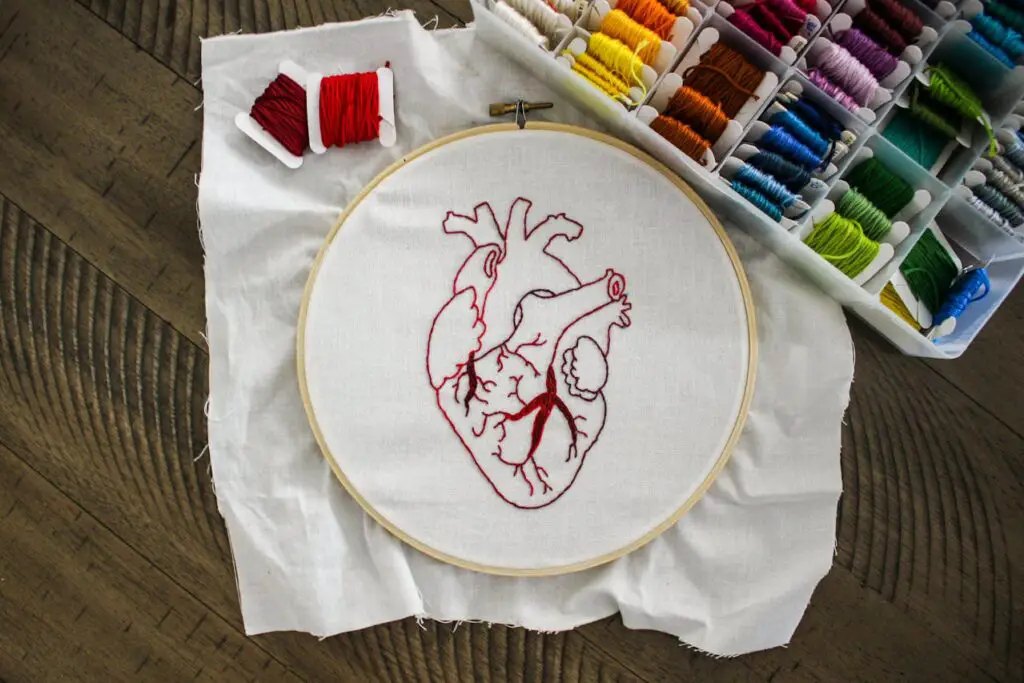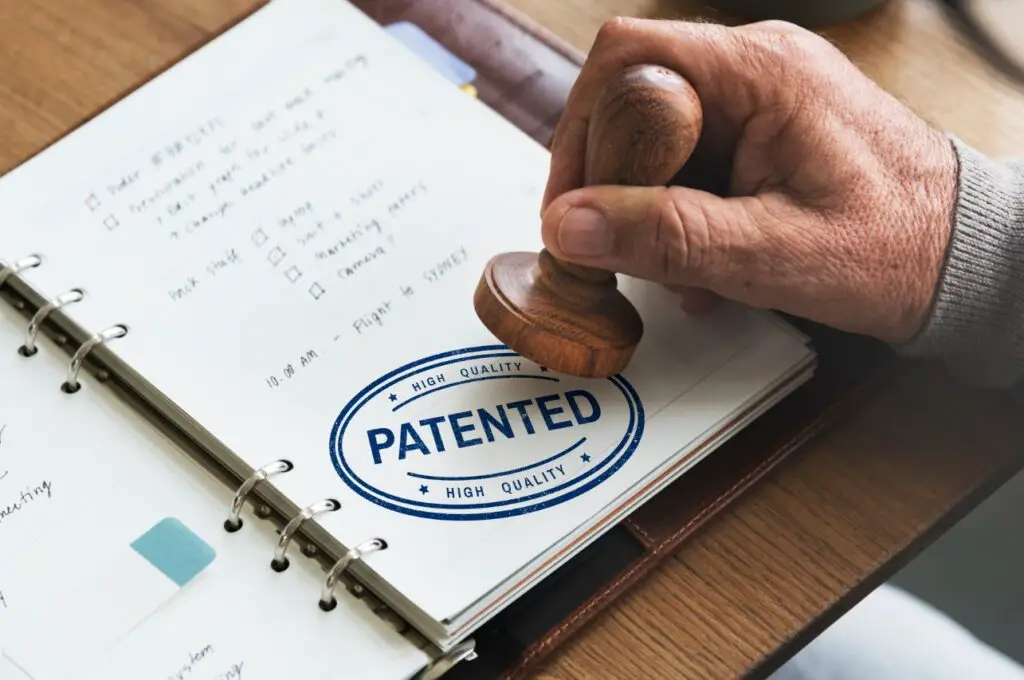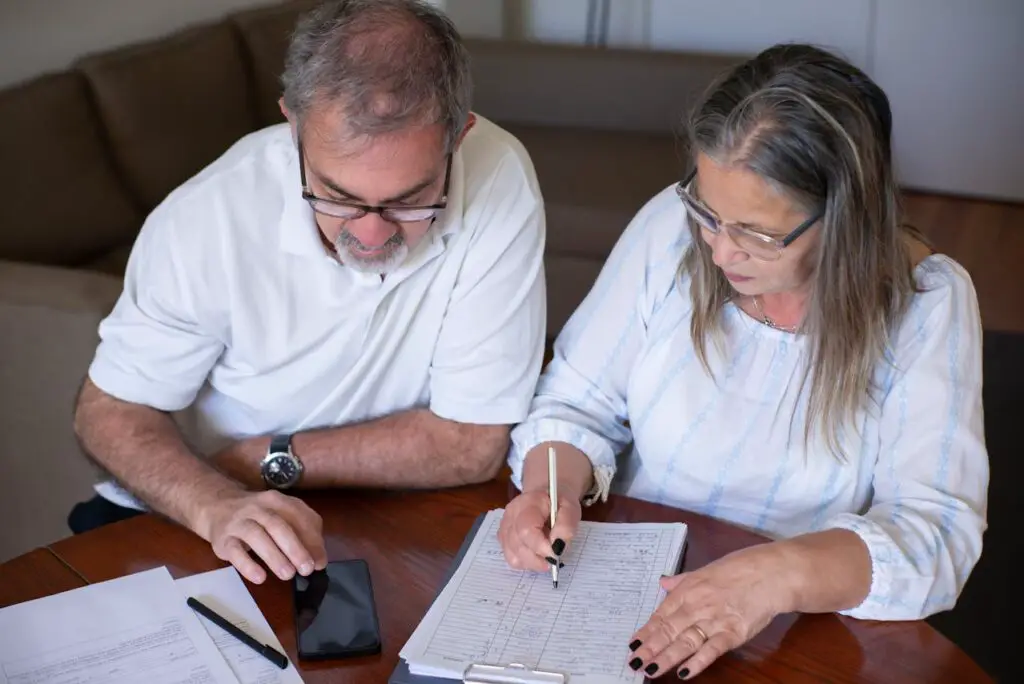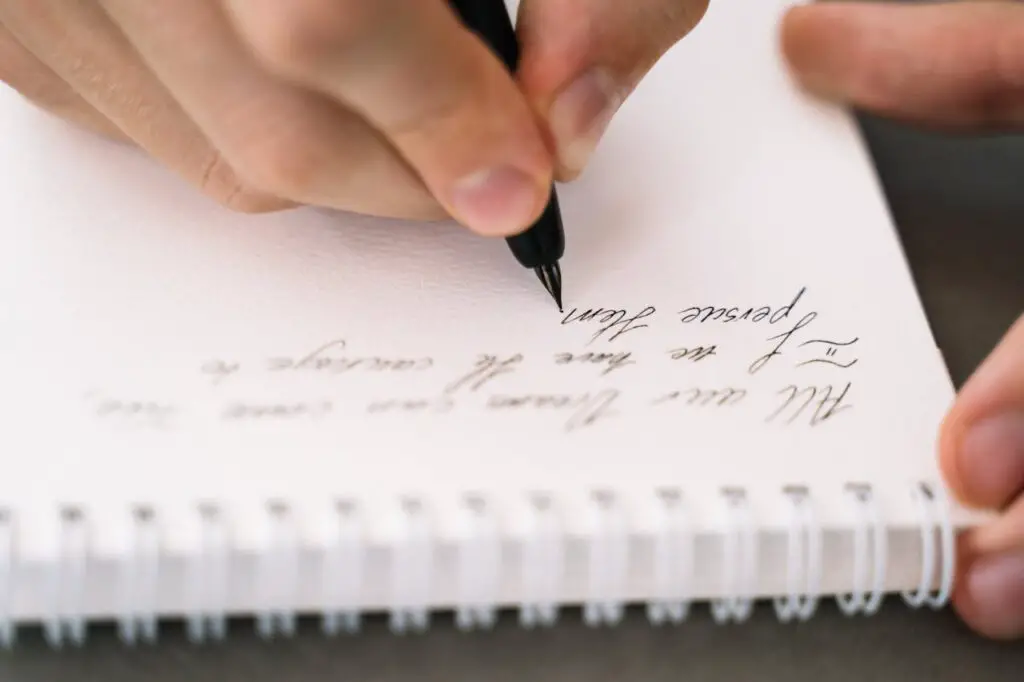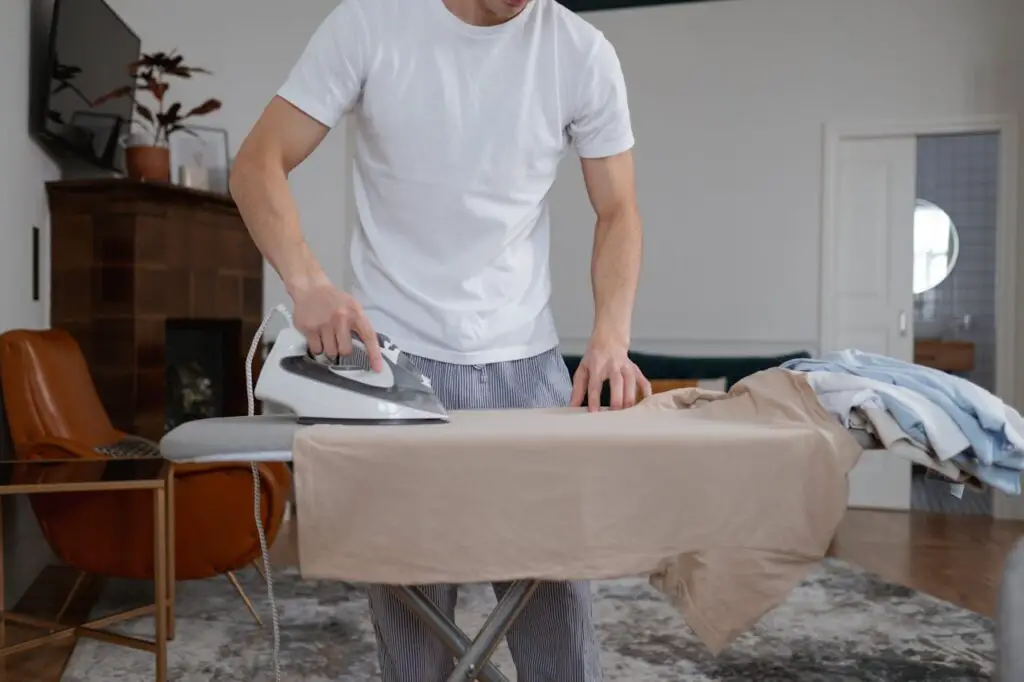9 Everyday Energy Wasters in Your Home That Are Secretly Driving Up Your Electricity Bill
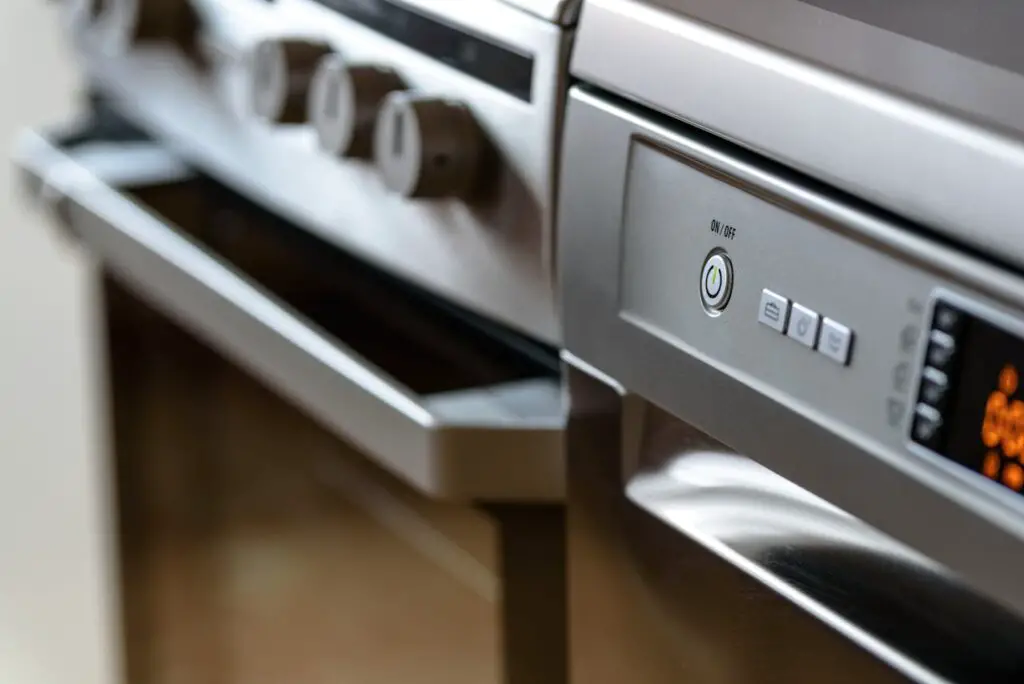
Do you ever wonder why your electricity bill seems to climb every month even when you’re not using more appliances? The truth is, many common household items and habits are silently gobbling up energy around the clock without you realizing it. These hidden energy wasters are draining your wallet and wasting power every single day. But the good news is, once you know what to look for, you can easily stop the waste and start saving money immediately. In this article, we uncover 9 surprising things in your home that are wasting electricity daily and show you simple ways to fix them. Get ready to slash your energy costs and make your home more efficient with these easy-to-implement tips.
1. Devices Left in Standby Mode Draining Power Silently

Many electronics like TVs, gaming consoles, microwaves, and even coffee makers still use electricity when turned off but left plugged in, a phenomenon called “phantom power.” These devices constantly draw power to stay ready for instant use, keeping clocks lit, sensors active, or remote controls responsive. While the energy use of one device on standby is small, combined across multiple devices, it can account for 5 to 10 percent of your total electricity consumption. To eliminate this hidden drain, unplug devices when they are not in use or use smart power strips that cut power automatically once you turn the device off. This simple step can lead to significant savings over the course of a year.
2. Aging Refrigerators and Freezers That Eat Energy
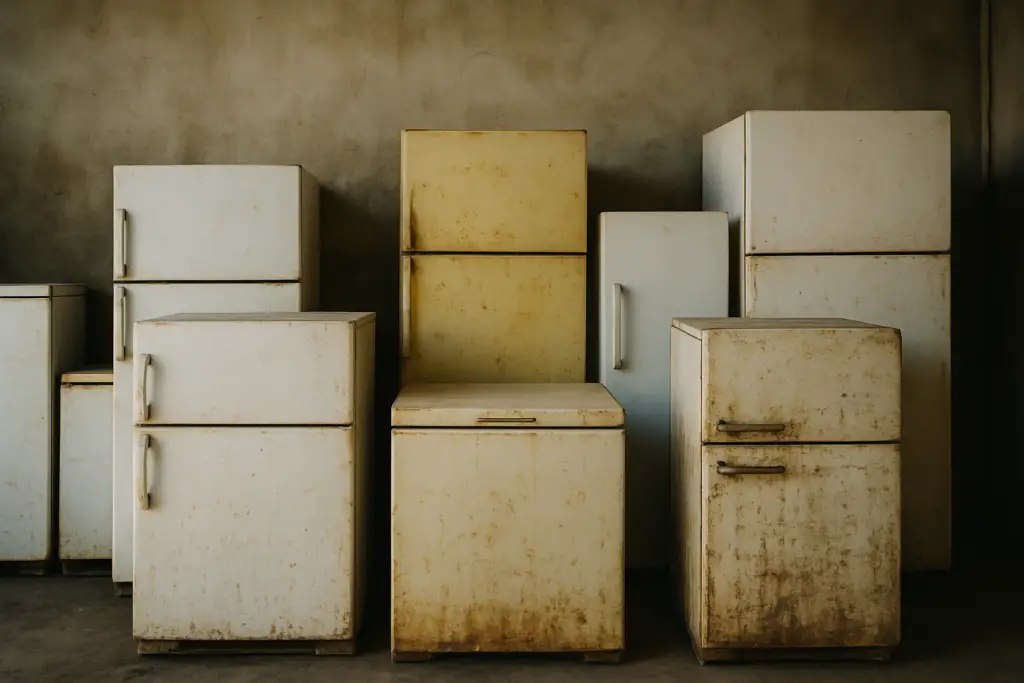
If you have an old refrigerator or freezer lurking in your garage or basement, it could be quietly wasting a shocking amount of electricity. Appliances made more than 15 to 20 years ago are often far less energy efficient than today’s models because they use outdated compressors and insulation. An older fridge may consume two to three times more power than a new Energy Star-rated unit, making it one of the biggest energy wasters in many homes. If replacing it isn’t an option right now, try unplugging the extra fridge or freezer when it’s not needed, especially during warmer months, to keep your electricity bill down.
3. Traditional Light Bulbs That Burn Energy Without Efficiency
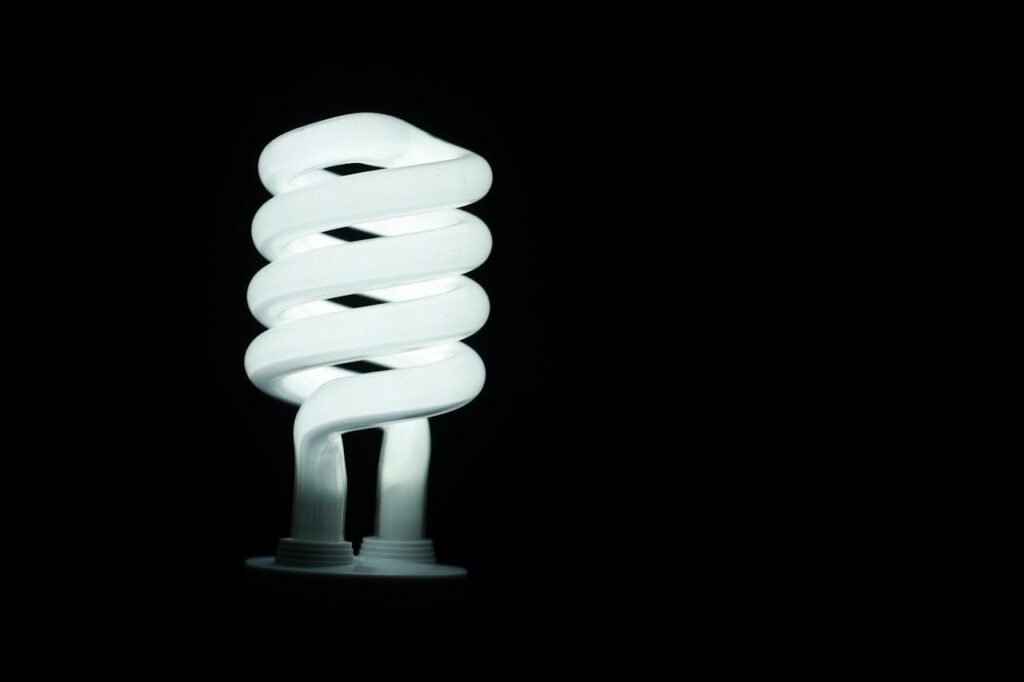
Incandescent and halogen bulbs might still be found in many homes, but they are notorious for wasting energy. These bulbs convert most of the electricity they use into heat rather than light, making them highly inefficient. In contrast, LED bulbs use at least 75 percent less energy and can last up to 25 times longer. Replacing your home’s high-use bulbs, such as those in living rooms, kitchens, and hallways, with LEDs is an easy and cost-effective way to reduce energy consumption. Beyond savings, LEDs generate less heat, making your home more comfortable during warmer months.
4. Outdated Thermostats That Keep Heating and Cooling Running Needlessly
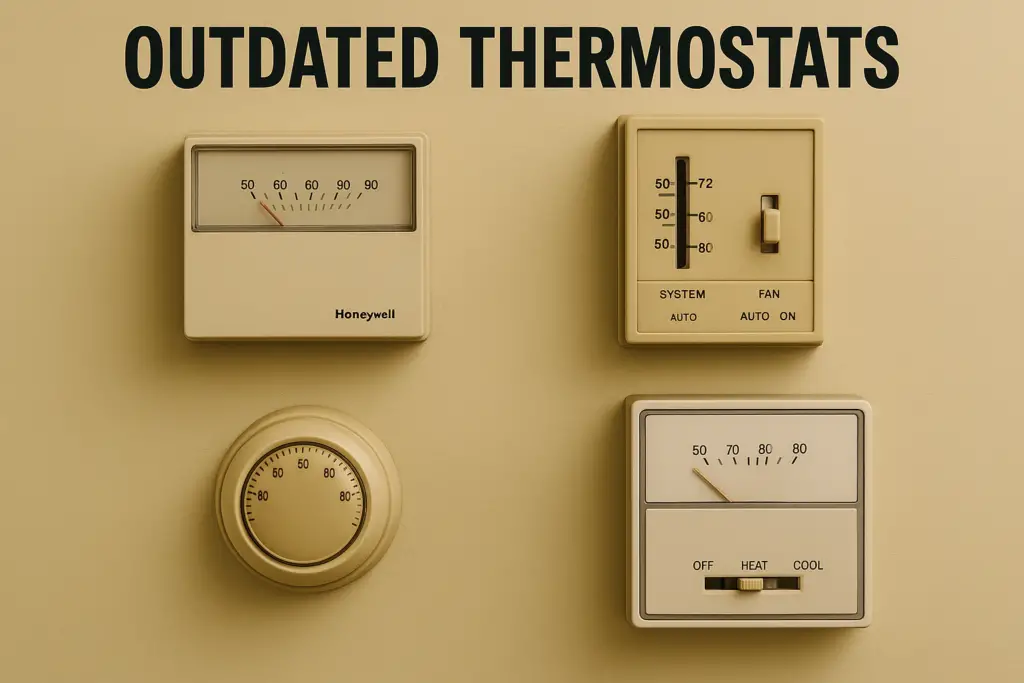
Heating and cooling are usually the largest energy expenses for a household, and if you are still using an old manual thermostat, you could be wasting energy without even knowing it. Traditional thermostats lack the ability to adjust based on your schedule or occupancy, often running heating or air conditioning when no one is home. Upgrading to a smart thermostat allows you to program your heating and cooling system to run only when necessary. These devices can learn your habits, detect when the house is empty, and optimize temperatures accordingly, saving up to 10 percent annually on heating and cooling costs. The investment pays for itself quickly through lower energy bills.
5. Constantly Running Wi-Fi Routers and Networking Equipment
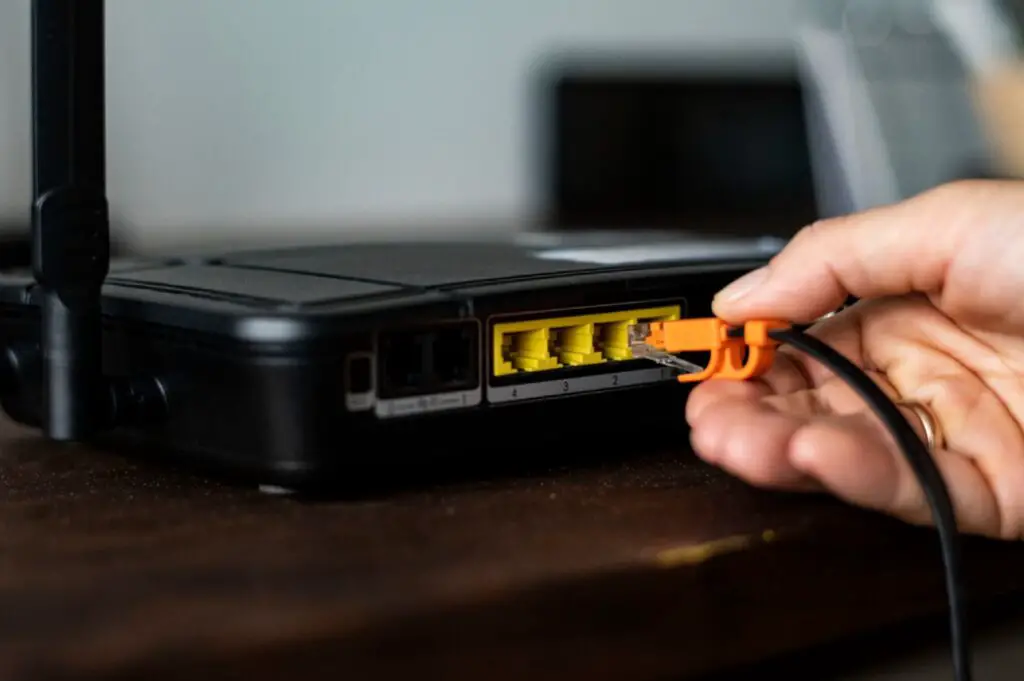
Your home’s internet devices like Wi-Fi routers, modems, and range extenders are designed to run 24/7 to keep you connected, but they do contribute to your electricity bill. Each device might use only a small amount of power individually, typically between 5 and 20 watts, but combined with multiple devices and continuous operation, the total energy use becomes noticeable over time. When you go on vacation or know you will not be needing internet access for a while, consider turning off or unplugging your networking equipment. Choosing Energy Star-certified devices can also help reduce electricity consumption without sacrificing internet speed or reliability.
6. Phone and Device Chargers Left Plugged Into Outlets
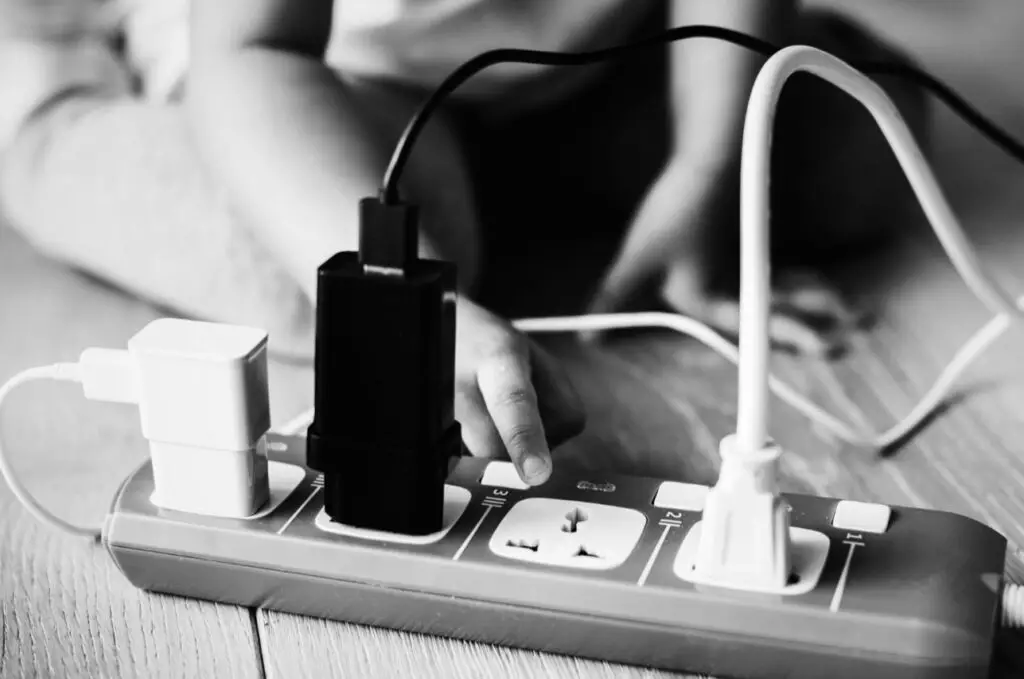
Chargers for phones, tablets, laptops, and other gadgets continue to draw electricity when plugged in, even if they are not actively charging a device. Many people leave chargers plugged in out of convenience, but this habit leads to energy waste over time. While a single charger’s power draw is small, multiple chargers left plugged in throughout the house add up and can increase your electricity usage unnecessarily. A simple fix is to unplug chargers when not in use or plug them into a power strip that can be turned off completely to cut power flow. This is an easy way to save energy daily without any inconvenience.
7. Dishwashers Using the Heated Dry Option

Dishwashers save time and water but can consume a surprising amount of electricity, especially if you use the heated dry function. Heated drying works by raising the temperature to evaporate moisture from dishes, which uses much more energy than simply air-drying. Most modern dishwashers offer an air-dry option or an eco-mode that significantly reduces electricity use while still effectively drying your dishes. Another trick is to open the dishwasher door slightly after the cycle finishes, letting the dishes dry naturally and saving energy. These small changes add up over time and help reduce your power consumption without sacrificing convenience.
8. Poor Insulation Around Windows and Doors Causing Energy Loss

While windows and doors don’t directly use electricity, inadequate insulation causes your heating and cooling systems to work overtime, driving up your energy costs. Gaps, cracks, and worn weatherstripping allow warm or cool air to escape your home, forcing your HVAC system to compensate by running longer and using more power. By sealing leaks with weatherstripping, caulking, or draft stoppers, you can dramatically improve your home’s energy efficiency. Installing thermal curtains or upgrading to double-pane windows can also reduce energy loss, making it easier and less expensive to maintain comfortable indoor temperatures year-round.
9. Washing Clothes in Hot Water Instead of Cold

Washing machines use the majority of their electricity to heat water, and running hot water cycles regularly drives up your energy use unnecessarily. Most laundry detergents these days are formulated to clean effectively in cold water, and washing in cold or warm water is gentler on fabrics while saving a significant amount of electricity. Switching to cold water laundry cycles can reduce your washing machine’s energy consumption by up to 90 percent since heating water accounts for most of the energy used. This small change is one of the simplest ways to reduce your home’s overall electricity use while keeping your clothes clean.
Final Thoughts
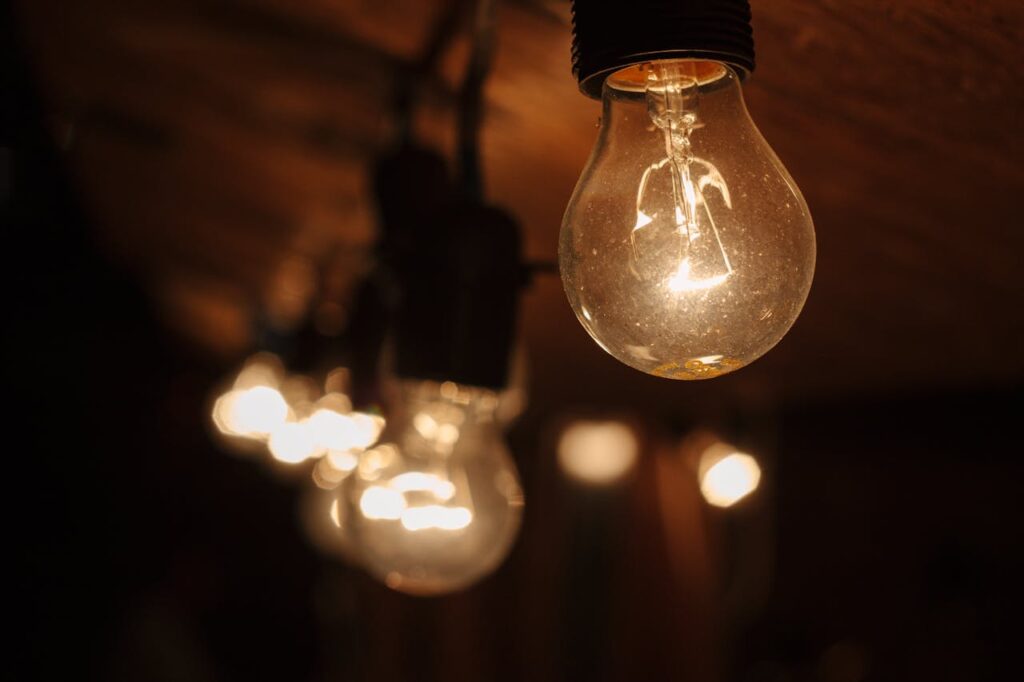
Energy waste at home is more common than most people realize, but with a little awareness and simple adjustments, you can make a big difference. From unplugging standby devices to switching to LED lighting and upgrading your thermostat, these nine tips will help you take control of your electricity consumption and lower your utility bills. Not only will your wallet benefit from the savings, but you’ll also be contributing to a more sustainable lifestyle by reducing your carbon footprint. Start today by identifying which of these energy wasters affect your home and take action—small steps lead to big rewards when it comes to energy efficiency.



